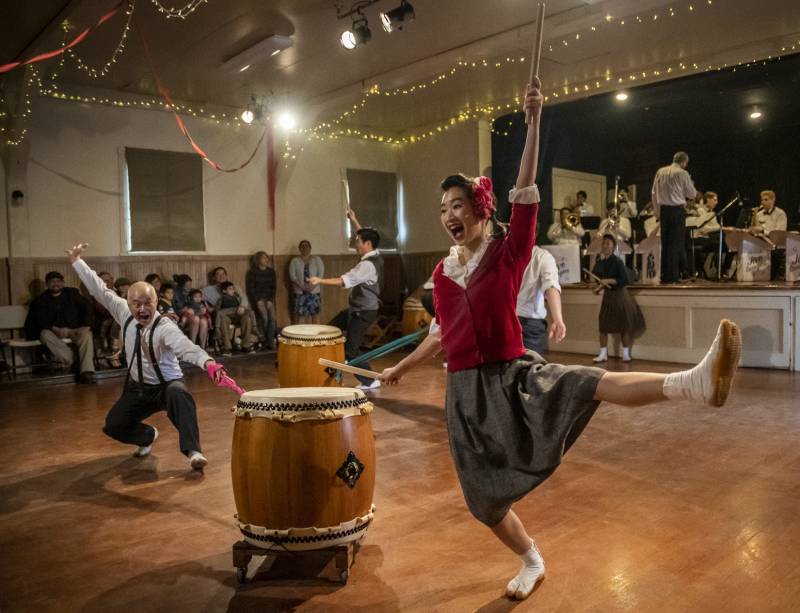When you think about internment of Japanese Americans during World War II, you probably don’t think about big bands and dancing. But music — especially swing music — played a big role in incarceration camps.
“Music was infused early on in the internment incarceration experience as a way to bring some normalcy,” said Franco Imperial, artistic director of San Jose Taiko, a performance group with a California take on classical Japanese percussion. “Music was a source of hope. It allowed them to escape.”
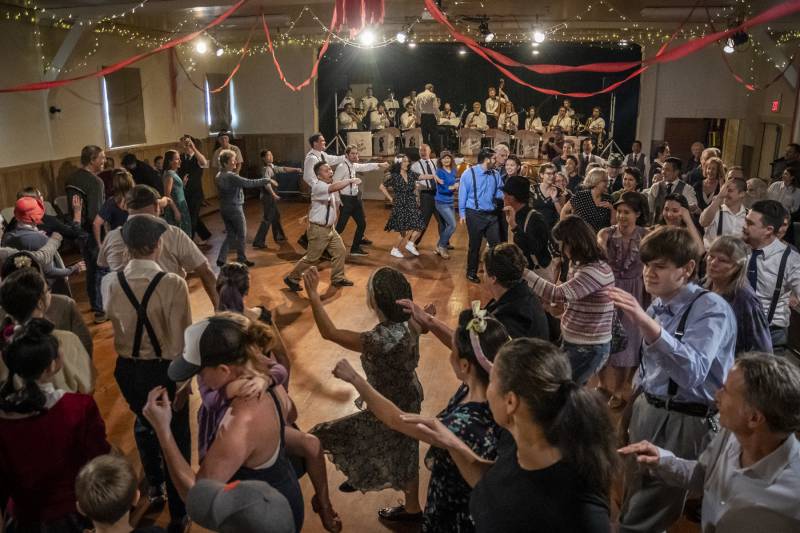
"Swingposium," San Jose Taiko's interactive show touring the state, celebrates the big band scene that emerged while Japanese American people were in incarceration camps.
“The whole show starts with the door swinging open. You've just been transported through time," Imperial said. The classic Benny Goodman song, “In the Mood," plays courtesy of a live jazz ensemble, and the audience starts dancing.
“As an audience member, you are not just watching, but you are participating," he said. "Imagine yourself walking onto a movie set from the 1940s, in an internment camp dance hall. And so you're surrounded by actors, dancers, Taiko musicians.”
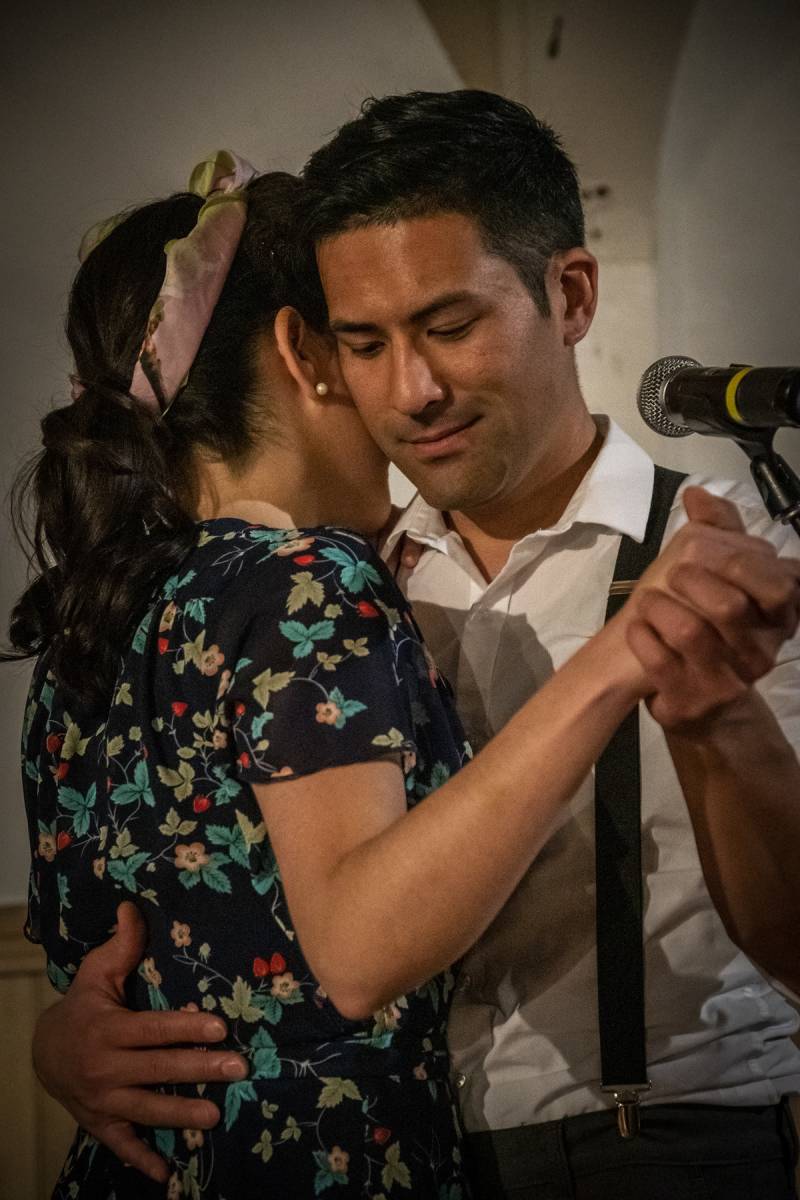
"Swingposium" employs actors from Epic Immersive to tell a personal story of internment. Imperial teases the plot: It’s about “love that blossomed between a young man named George and a young woman named Amy.” George is named after real life incarceree and bandleader, George Igawa.
Even more than a love story, "Swingposium" explores the complex effects of incarceration on a Japanese American's identity.
“[George is] also navigating being a teenager of 18, wondering if he should go to war," Imperial said. "Why should you fight for a country that incarcerates your family and yourself without due process? And [on] another side, wanting to prove yourself as an American?”
San Jose's Take on Taiko: California Style
Taiko signifies a broad range of Japanese percussion instruments, but San Jose Taiko’s version of Taiko is different from Japan’s classical forms.
Founded in 1973, San Jose Taiko decided that its sound was meant to be representative of the "Asian soul of America."
"When we first performed in Japan in the early '90s, the Taiko establishment in Japan saw us from California. We were smiling, being joyful and effusive. And they labeled us 'California Sunshine Taiko,' " Imperial said.
Combining swing music with a modern, ensemble-style of Taiko felt like a natural progression, Imperial said.
You might wonder, how did they choreograph the performances so they could play a huge taiko drum and swing dance at the same time?
Imperial’s answer: trial and error.
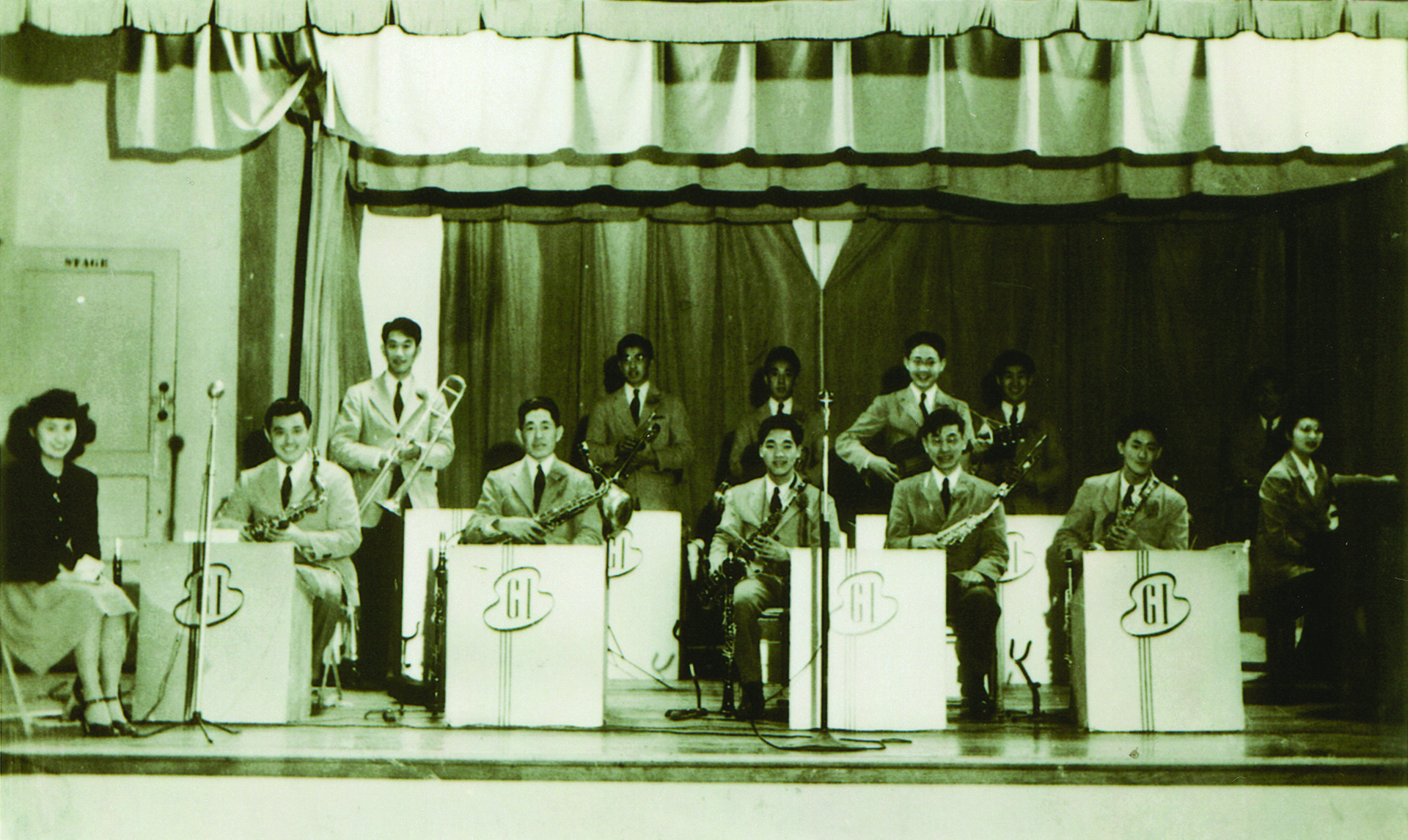
'Americanization' Versus American Affirmation
Swing bands were sponsored by the War Relocation Authority as a propaganda tool meant to “Americanize" incarcerees. Bands like the George Igawa Band in Heart Mountain, Wyoming, were funded by the Recreation Department, and some band members even received a monthly salary.
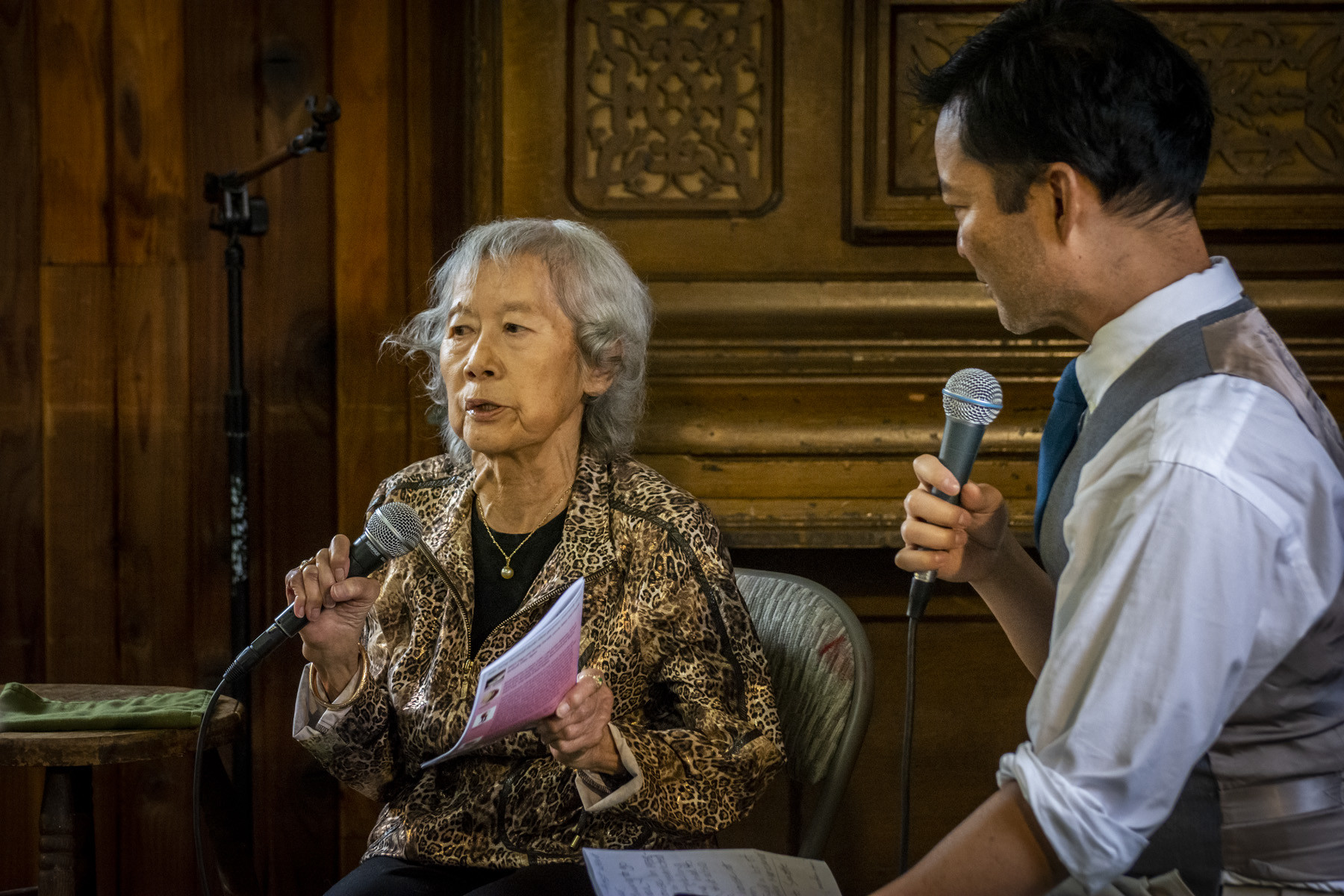
“If you were at Heart Mountain, Wyoming, the only swing band if you wanted to listen to swing music live was the George Igawa Band,” Imperial said. “They played a gig and then bused back into the incarceration camps afterwards. They were used for anything from high school dances to community dances. What was unbelievable was that they would be used for war bond rallies.”
Imperial noted that there were no recorded instances of Taiko at Heart Mountain, but dancing to swing music was a way incarcerated people affirmed their American identities. And today, "Swingposium" uses Taiko as a symbol for the spirit and resilience of Japanese people.
“This was them proving that we're just as American as anybody else in the country. They were saying they loved Duke Ellington and Cole Porter and listened to the same music," he said. "This music was an expression of them saying we're no different than anyone outside of the barbed wire.”
